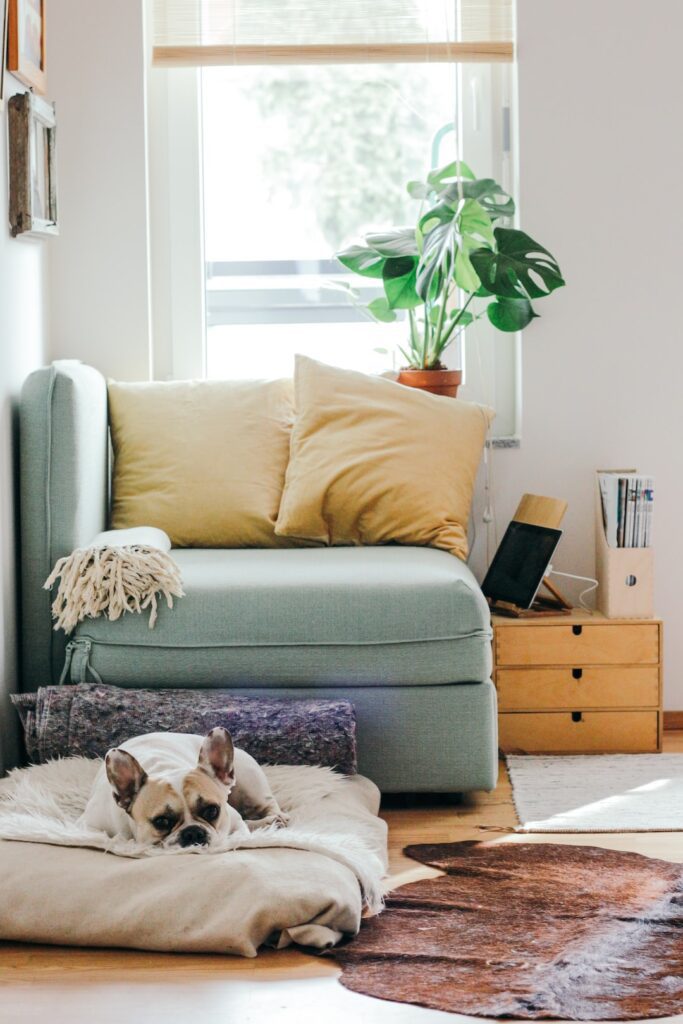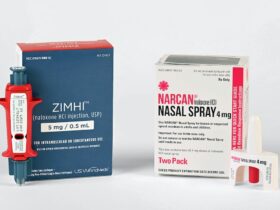Preventing Home Accidents: Your Guide to a Safe and Secure Home
Accidents can happen anywhere, but our homes should be a safe haven. However, statistics show that the home can be a surprisingly common place for accidents to occur. In fact, did you know that [70% of home accidents happen in the kitchen](https://www.cdc.gov/homeandrecreationalsafety/pubs/index.html)? This shocking statistic just highlights the importance of taking proactive measures to prevent accidents in the home.
Understanding the Risks
Understanding the various risks that exist within the home is the first step to preventing accidents. Common risks include slippery floors, electrical hazards, sharp objects, and more. By becoming aware of the potential dangers, you can take steps to mitigate these risks and create a safer living environment.
Identifying Common Home Hazards
Some common home hazards include:
– Slippery or cluttered floors
– Poorly maintained electrical systems
– Unsecured rugs or carpets
– Unstable furniture
– Sharp objects within reach of children
– Unsecured toxic substances
Creating a Safe Environment
Now that we understand the risks, let’s explore some proactive steps to create a safe environment in our homes.
Proper Lighting
Good lighting is essential for preventing accidents. Make sure all areas of your home, including stairways, hallways, and entrances, are well-lit to avoid trips and falls.
Electrical Safety
Regularly check your electrical systems for any signs of damage or wear. Avoid overloading outlets and use surge protectors to prevent electrical fires.
Childproofing
For households with children, it’s crucial to childproof your home. Install safety gates, secure heavy furniture to the walls, and keep small objects out of reach of young children.
Kitchen Safety
Given the statistic mentioned earlier, the kitchen is a hotspot for accidents. Always be attentive when cooking, keep knives and other sharp objects out of reach, and use caution when handling hot surfaces or liquids.
Bathroom Safety
Install grab bars in the shower or bathtub to prevent slips and falls. Use non-slip mats on the floor and keep medications and cleaning products out of reach.
How to Apply These Tips in Your Daily Life
Conduct a Home Safety Audit
Walk through your home and identify any potential hazards. Take note of areas that need improvement and make a plan to address them.
Create Safety Checklists
Develop checklists for regular home safety inspections. Include items such as checking smoke detectors, testing carbon monoxide alarms, and ensuring fire extinguishers are in working condition.
Educate Your Family
Ensure that every member of your household is aware of the potential risks and understands the safety precautions to take. Consider holding a family meeting to discuss home safety protocols.
Invest in Safety Products
When necessary, invest in safety products such as non-slip mats, safety gates, outlet covers, and fire extinguishers to minimize potential hazards.
Summary
Preventing home accidents is a responsibility that falls on every member of the household. By understanding the risks, creating a safe environment, and actively applying safety measures in our daily lives, we can significantly reduce the chances of accidents occurring in the home. Remember, a safe home is a happy home!














